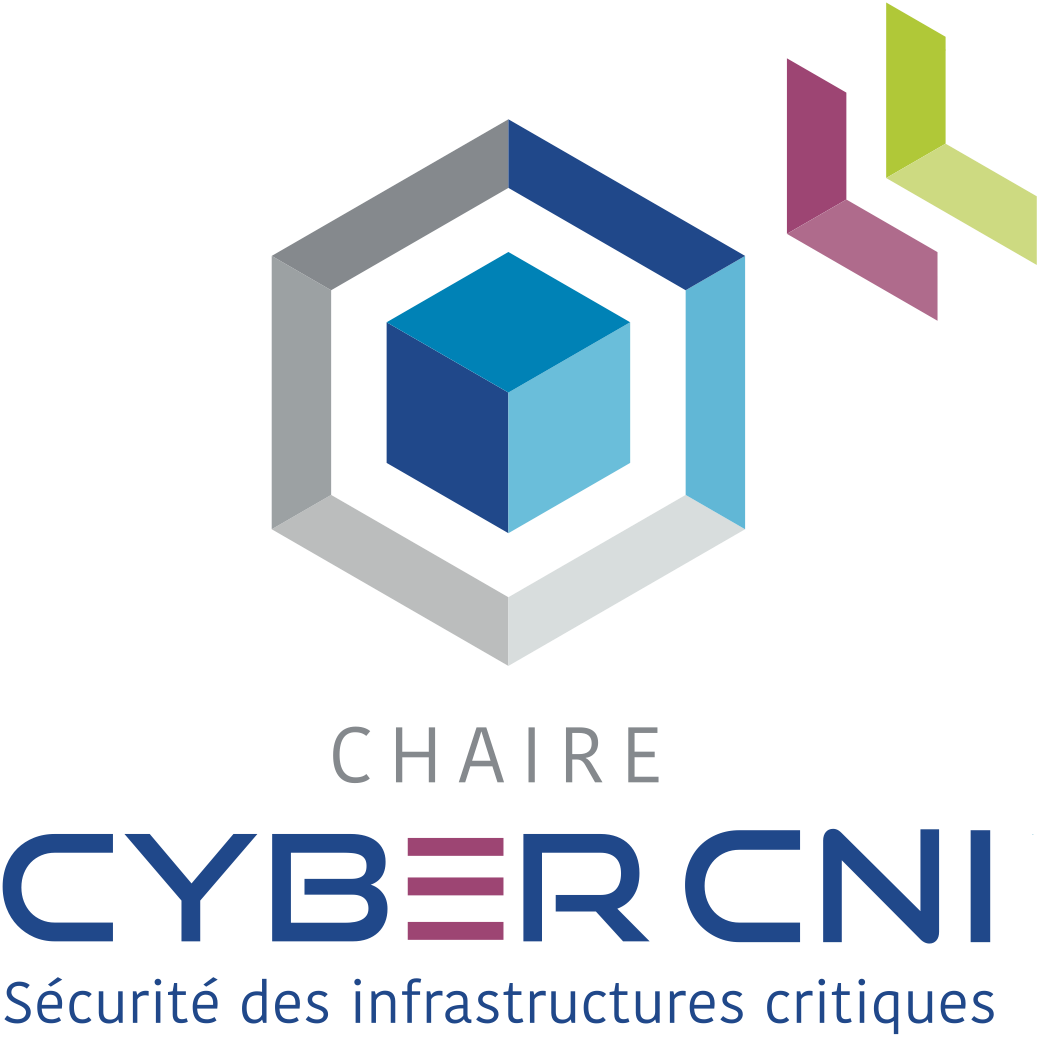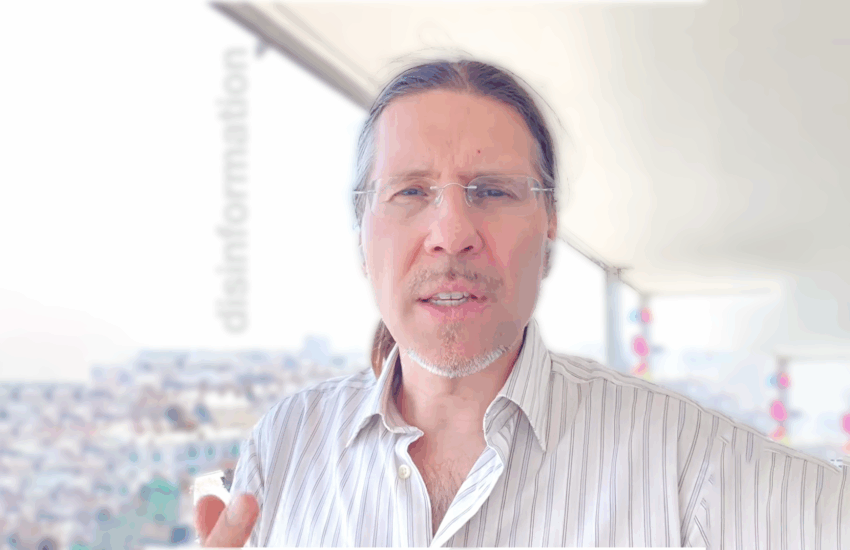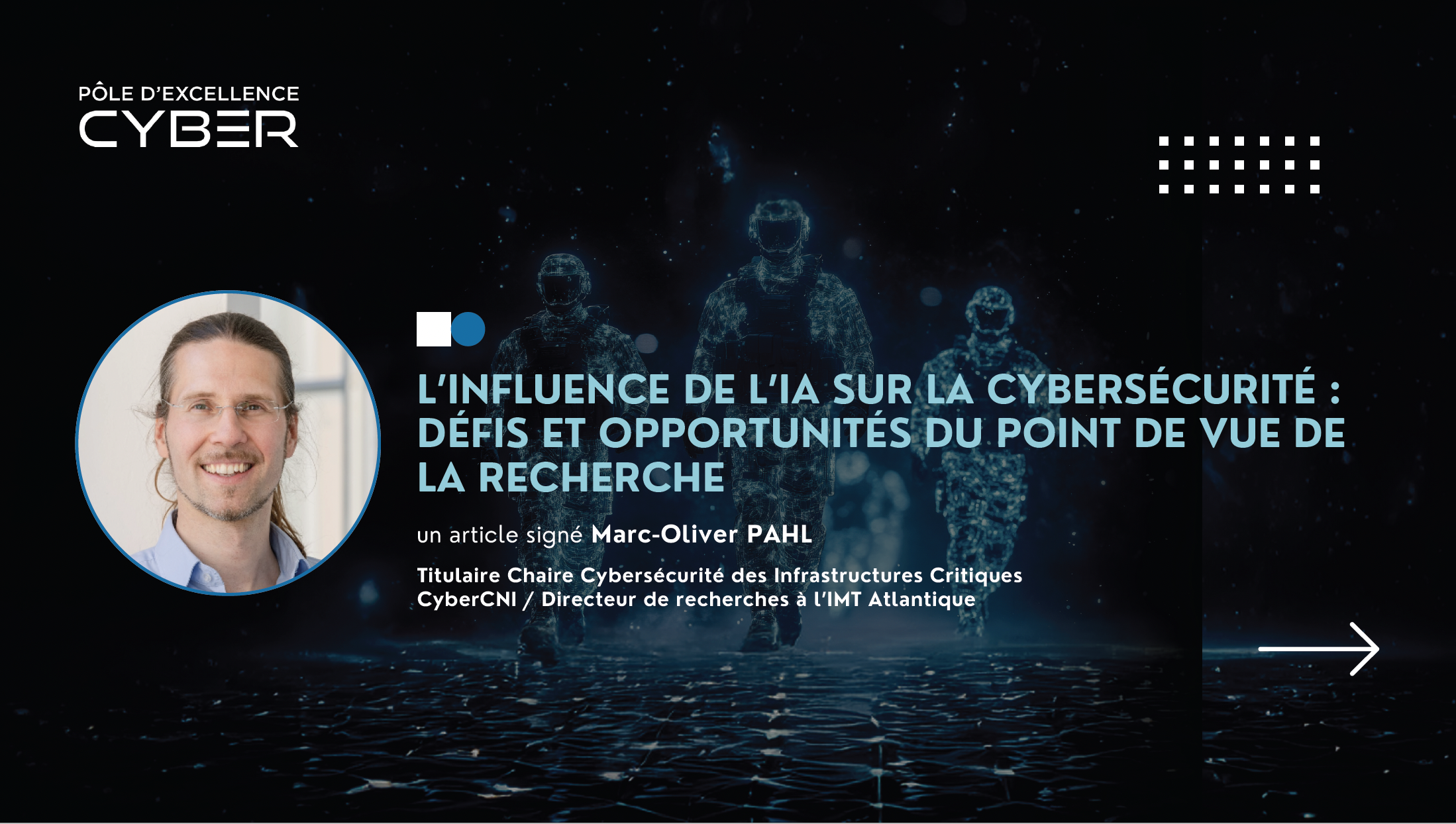Open Standards and Open Education as Motor for Innovation
Open Standards and Open Education play a central role not only for interoperability but also for cybersecurity! They allow different stakeholders to efficiently meet a certain level of service – the open standard. A good example from the automobile industry is the three-point seatbelt. Our chairholder, Marc-Oliver Pahl, had the pleasure to work with Max Senges (42 Wolfsburg) and Vint Cerf (Chief Internet Evangelist at Google) on a manifesto for more Open Standards and Open Education in the automobile industry.
The full article and its discussion can be found here: https://www.linkedin.com/pulse/its-time-team-up-develop-open-standards-education-emergent-max-senges/
It’s time to team up and develop Open Standards and Open Education for the emergent InterNetworked Mobility Ecosystem
Co-authored by
- vint cerf (co-author of TCP/IP, the interoperability open standard on which the Internet is founded),
- Max Senges (Co-creator of the www.seame.space Open Education mobility curriculum and strategic partner of Eclipse Software Defined Vehicle),
- Marc-Oliver Pahl (Cybersecurity professor cyberCNI.fr and Digital Teaching pioneer iLabXP.com)
Imagine a post-automotive-centered mobility where connected smart mobility devices coordinate our safety, security and comfort. We would have benefits such as close to zero accidents or traffic jams. While this is viable with today’s technology, missing interoperability [1] between vendors inhibits this. As a major reason for the missing of this utopian scenario, we see the missing of open standards for information exchange [2].
Before we argue how open Internet standards evolved so successfully and enabled the global inter-networked innovation engine, let’s consider why this is important for the automotive industry.
- First, and perhaps most astonishingly, we are convinced that once we have an InterNetworked Mobility Ecosystem, fatalities and severe injuries will drop to nearly zero for passengers, pedestrians, and bicyclists.
- Open Standards pave the way to strong Cybersecurity solutions, which ensures our vehicles will not be hacked or otherwise exposed to uncontrolled threats to safety. Open Standards are also essential to real privacy: only when we understand what and how traffic and trip records are handled, can we ensure our data is protected.
- And a third, more overarching argument for Open Standards: With interoperability comes competitive designs that interwork. This is a great way to advance the ecosystem. Interoperability is most important to all of us because only when our vehicles can coordinate internationally with traffic controls, charging stations and other roadside stakeholders like parking slots, restaurants, etc. will we be able to enjoy an open market.
Almost as a positive side effect, an open mobility market will not only provide the foundation for equal access to innovation for all stakeholders but also ease of use and choice for consumers. It’s worth pointing out that making the ecosystem actually work for autonomous vehicles will almost certainly provide a platform to ease human access to, and use of the mobility ecosystem. Our mobility devices will be guided to open parking spaces, sense when repairs or maintenance are needed and schedule them. The fair, or perhaps more precisely meritocratic, selection of routes to reduce congestion and transit time on average for all vehicles will surely result in continuous policy deliberation.
Instead of a multitude of walled gardens and disconnected islands we must learn from the origins of the Internet to create the next generation of mobility ecosystems. In order to develop open standards for interoperability, we should follow best practices, e.g. of the Internet Engineering Task Force (IETF). More concretely we should focus our joint efforts on the practices that would allow the digital mobility infrastructure to be developed according to the principles of open standards.
As we embark on the mission to develop our open mobility ecosystem standards we need a concrete conception of its functions and components. It is vital that the design be as adaptable and evolvable as the most prominent example of an open standards system, the Internet, has been: it is 50 years since its initial conception and it never crashed, while evolving fast! The system should be loosely coupled to avoid brittle rigidness but also convincingly, if not provably, safe and secure.
Next to embracing the design characteristics that make the Internet the innovation engine we know, we need to address the same challenges we already find in today’s Internet governance and Internet architecture: namely we recommend to focus on the work on developing strong digital identity, privacy-by-design and data governance solutions. With connected vehicles we have the opportunity to take these issues into account from the beginning, benefitting from the lessons learned in the classical Internet. With these in place all stakeholders can benefit from big data analysis, trend detection, risk analysis, privacy protection, tracking and post-hoc data analysis to help explain unexpected or harmful outcomes.
To drive and orchestrate international open ecosystem standards, the German mobility industry in particular is well positioned and should therefore take a leading role. German engineering is distinguished and trusted in both western and eastern economies. This gives us the chance for being a driver towards open standards for vehicle collaboration.
From Interoperability to Open Education
To generate and spread the interoperability enabling standards, we are well-advised to collaborate on open education for the next generation of (software) engineers. Research and Development have always hugely benefited from scientific publications and open knowledge sharing. The immense speed of today’s digital innovation makes peer-learning the most effective means for expert pioneers as well as apprentice learners.
An early example of openness and peer-learning from the automotive industry is the 3-point safety belt from Volvo (1959). They opened up their invention to competitors from the beginning in order to have higher safety standards; and indeed the adoption by competitors worked out at an unprecedented pace. We see strong potential for a similar development in the digital domain today!
This is where 42 Wolfsburg has started to bring together experts from a wide variety of companies and universities, who work together to develop the SEA:ME (Software Engineering Automotive & Mobility Ecosystems) curriculum. If you are interested in joining us, we’d love to hear from you.
Karl Popper, who worked out the strengths and modes of action of our open society, wrote: “Without openness in society, the market economy lacks the air to breathe.” Open Standards unleashed the most powerful innovation ecosystem ever created: the Internet. Let‘s learn from that and gather the global village of progressive social market economists around the prospect of an open mobility ecosystem.
Open Standards for communication between future mobility solutions in combination with open education have the potential to transform this pivotal industry of today in the most positive sense for tomorrow. We look forward to the joint adventure!
[1] While there are several initiatives ongoing towards more openness in a semantic and technical sense, like the ones of the European union, we assess that these are not setting us up for success. We need openness as a fundamental design principle – not as an add-on to existing closed systems.
[2] Information exchange as a combination of data, semantics, and communication protocols.
- Renforcement de la collaboration franco-allemande en cybersécurité : La réunion annuelle du German Chapter of the ACM 2025 - April 2, 2025
- Exciting Workshop Program Announced – Join Us in Hawaii! 🌺 - March 21, 2025
- 12th Heidelberg Laureate Forum 2025 - January 31, 2025










